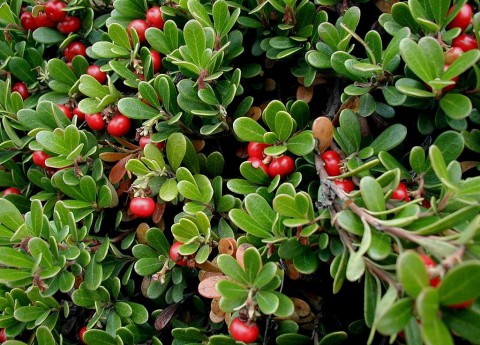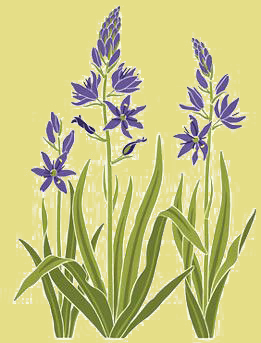Kinnikinnick


1 - Image by Sten Porse
Licensed Under: CC-BY-SA-3.0 Unported
2 - Image by www.nwplants.com
Licensed Under: CC-BY-SA-3.0 Unported
One of the Northwest's most attractive and well-known all-season ground covers, Arctostaphyllos ura-ursi grows in a variety of settings. Though it may take a while to establish itself, it's worth the wait. Under the right conditions the trailing stems will root where they touch the ground and can eventually form a six-inch mat up to 15 feet across. Half-inch, urn-shaped, pink flowers bloom from mid spring to early summer. Bright red berries remain on the plant well into the winter, providing food for birds, deer and bear--thus its other common name, bearberry. Since kinnikinnick thrives on dry slopes, it is often used for erosion control and, because of its trailing nature, it is a great addition to a rock wall. All season interest with little care makes this the perfect plant for a low-maintenance garden.
In the wild, kinnikinnick grows in rocky, dry soils and coniferous forest openings from the coast of Northern California to Southern British Columbia. In the Buck Lake Native Plant Garden, it is found next to the path at the south entrance to the garden.
The word kinnikinnick is said to be an Algonquian term meaning "smoking mixture." The dried leaves were smoked by a number of coastal native groups. When commercial tobacco became available some people extended their tobacco supply by mixing it with kinnikinnick leaves.
.

